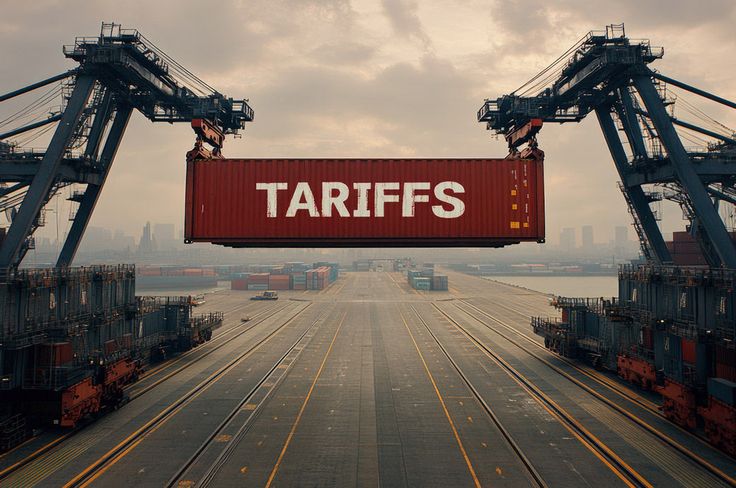German brands brace for losses as American buyers face sticker shock.
In a move shaking the global auto industry, the United States has imposed a 25% tariff on imported vehicles, significantly raising costs for car manufacturers and consumers alike. Industry analysts warn that these new tariffs could reduce U.S. new vehicle sales by nearly 1 million units in 2025.
Who’s Affected Most?
The biggest impact hits foreign automakers with large U.S. market shares—particularly the German giants:
-
Volkswagen
-
BMW
-
Mercedes-Benz
According to reports from Barron’s and Business Insider, these manufacturers face added costs of up to $11,894 per vehicle, depending on the model and segment. These added costs will likely be passed on to consumers, making many premium and even mid-range cars more expensive in the U.S. market.
What It Means for Car Buyers
The average U.S. buyer could see:
-
Higher prices across the board on imported and some U.S.-built vehicles (due to supply chain overlap).
-
Fewer choices, especially in the luxury and EV markets.
-
Delays in delivery for some models while automakers adjust supply routes and pricing strategies.
According to industry estimates, this price spike may lead to a drop in demand—with U.S. new car sales potentially falling by up to 1 million units in 2025 alone.
Global Industry Ripple Effect
Automakers are already shifting gears:
-
BMW and Mercedes are exploring ramped-up production at their U.S. facilities to avoid some tariff exposure.
-
Volkswagen is considering redirecting inventory to less affected markets in Europe, South America, and Asia.
-
Trade tensions could intensify between the U.S. and European Union, with retaliatory measures not off the table.
Why the Tariffs?
The U.S. government says the tariffs are part of a broader strategy to:
-
Boost local manufacturing
-
Protect domestic jobs
-
Level the playing field against countries with lower production costs or government subsidies
Critics argue that it may backfire, raising prices for American consumers and harming dealerships already facing supply challenges.
Looking Ahead
Industry insiders say the full effects of the tariffs will unfold over the next 6–12 months, with manufacturers adjusting production, marketing, and pricing in real-time.
Meanwhile, consumers shopping for a new BMW, Audi, or even Toyota might want to brace for some serious sticker shock.
